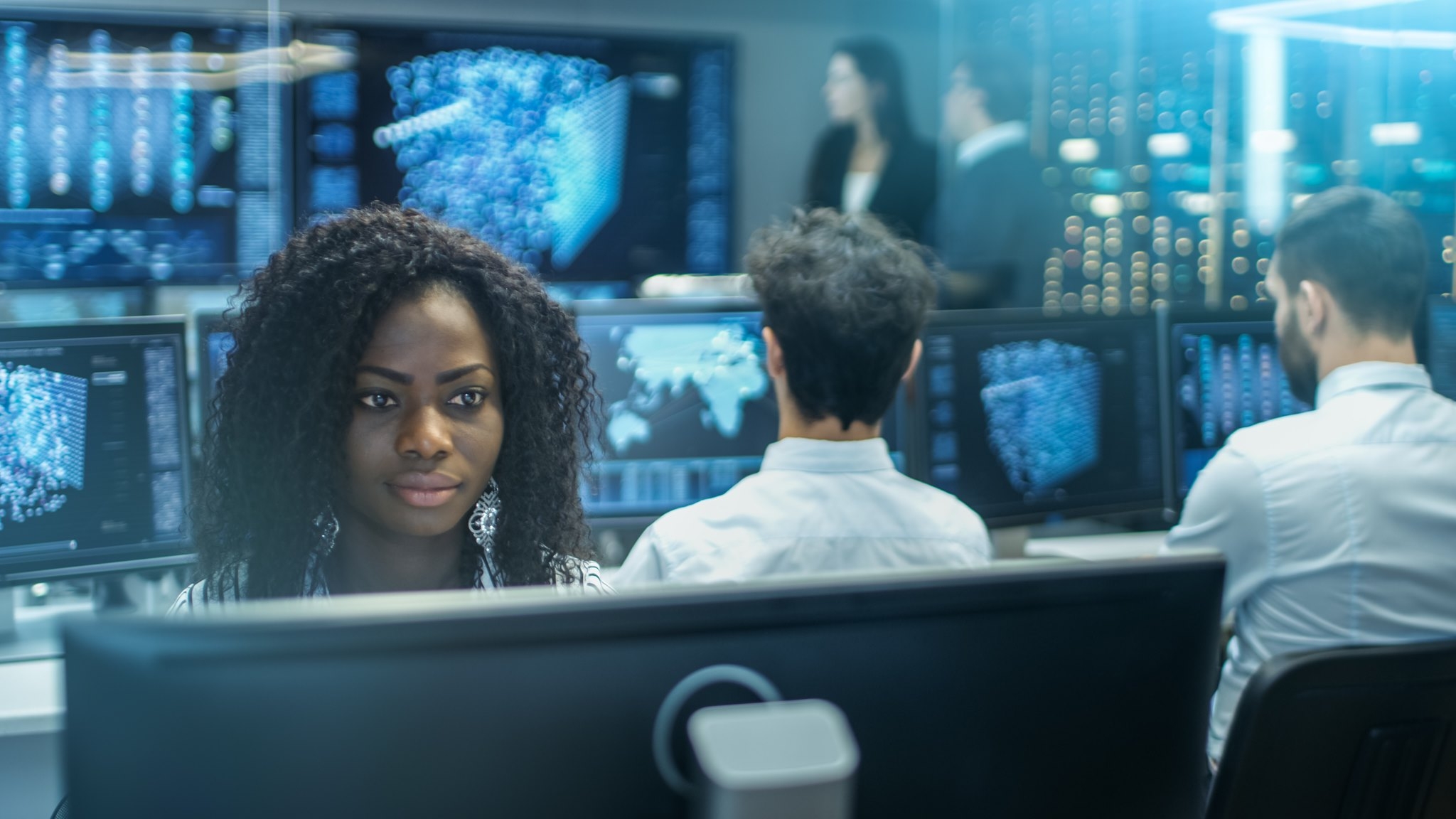Who Gets the Credit? Rethinking Inventorship in the Age of AI
In an era where artificial intelligence can draft patents, compose symphonies, and even discover new drugs, a fundamental question is forcing its way to the forefront of intellectual property law: Can AI be an inventor? And if not, should it be?
The Legal Status Quo
Today, U.S. patent law is clear: only a human being can be listed as an inventor. The Federal Circuit reaffirmed this in the landmark Thaler v. Vidal case, holding that the term “individual” in the Patent Act refers exclusively to natural persons.
Despite the technological leap forward, courts have so far resisted rewriting this foundational principle. The USPTO, EPO, and UKIPO have all rejected patent applications listing an AI system (e.g., “DABUS”) as the sole inventor.
But the implications of these decisions go far beyond a single AI model. They expose the growing friction between 20th-century legal frameworks and 21st-century innovation.
What Does “Inventorship” Really Mean in 2025?
Inventorship is not just an academic term, it's the bedrock of patent law. The named inventor holds moral and often financial rights. But as AI plays an increasing role in the ideation and problem-solving process, patent practitioners are now asking:
• What if AI contributes a novel concept, but no human fully understands how it derived it?
• If a human merely curates prompts or tweaks an AI model, is that contribution truly inventive?
• Should we consider shared or corporate inventorship when AI is involved?
We're entering a gray zone where traditional tests for inventorship (i.e., "conception" and "reduction to practice") may no longer fit the tools being used.
Why This Matters to Patent Practitioners
Whether you're a patent agent, in-house counsel, or law firm partner, the shift is already underway. Increasingly, you're being asked to draft or review patent applications involving:
• Machine learning models that design new molecules.
• Generative design tools that engineer mechanical components.
• AI systems that optimize code, circuitry, or chemical processes.
The key issue? Determining who contributed the inventive concept, and how to document that in a legally defensible way.
Firms that fail to tackle these questions head-on risk having patents invalidated or challenged on inventorship grounds.
What the Global Landscape Tells Us
While the U.S. and most jurisdictions maintain a strict human-inventor requirement, others are experimenting with more flexible approaches:
• South Africa became the first country to grant a patent listing an AI system as inventor (though without judicial scrutiny).
• Australia’s Federal Court initially sided with AI inventorship, before being overturned on appeal.
• WIPO has launched policy discussions around how to adapt international IP frameworks for AI-generated inventions.
These early cracks in the global consensus may eventually lead to reform, or at least carve-outs for specific AI-related contributions.
How to Navigate This as a Practitioner (for Now)
Until the law catches up, here are a few practical steps IP professionals should consider:
1. Clarify the Human Role: Clearly document how a human controlled, guided, or contributed to the output of the AI system.
2. Keep Development Records: Maintain detailed logs of team contributions, prompt engineering, data training, and model tuning.
3. Avoid Naming AI as Inventor: Stick to current rules and avoid triggering §101 or §112 scrutiny unnecessarily.
4. Work Closely with Clients: Especially in cutting-edge industries, help them understand what’s protectable, and what may fall outside current patentable subject matter.
The Future of Inventorship
Ultimately, this isn’t just a legal issue, it’s a philosophical one. As AI continues to evolve from tool to collaborator, patent law must answer a foundational question:
Should invention be defined by human creativity, or by the creation of new ideas, regardless of their source?
The answer will shape the future of innovation.
—
If you’re working on patents involving AI or machine learning, how are you navigating inventorship? Please do get in touch, we would love to hear.



